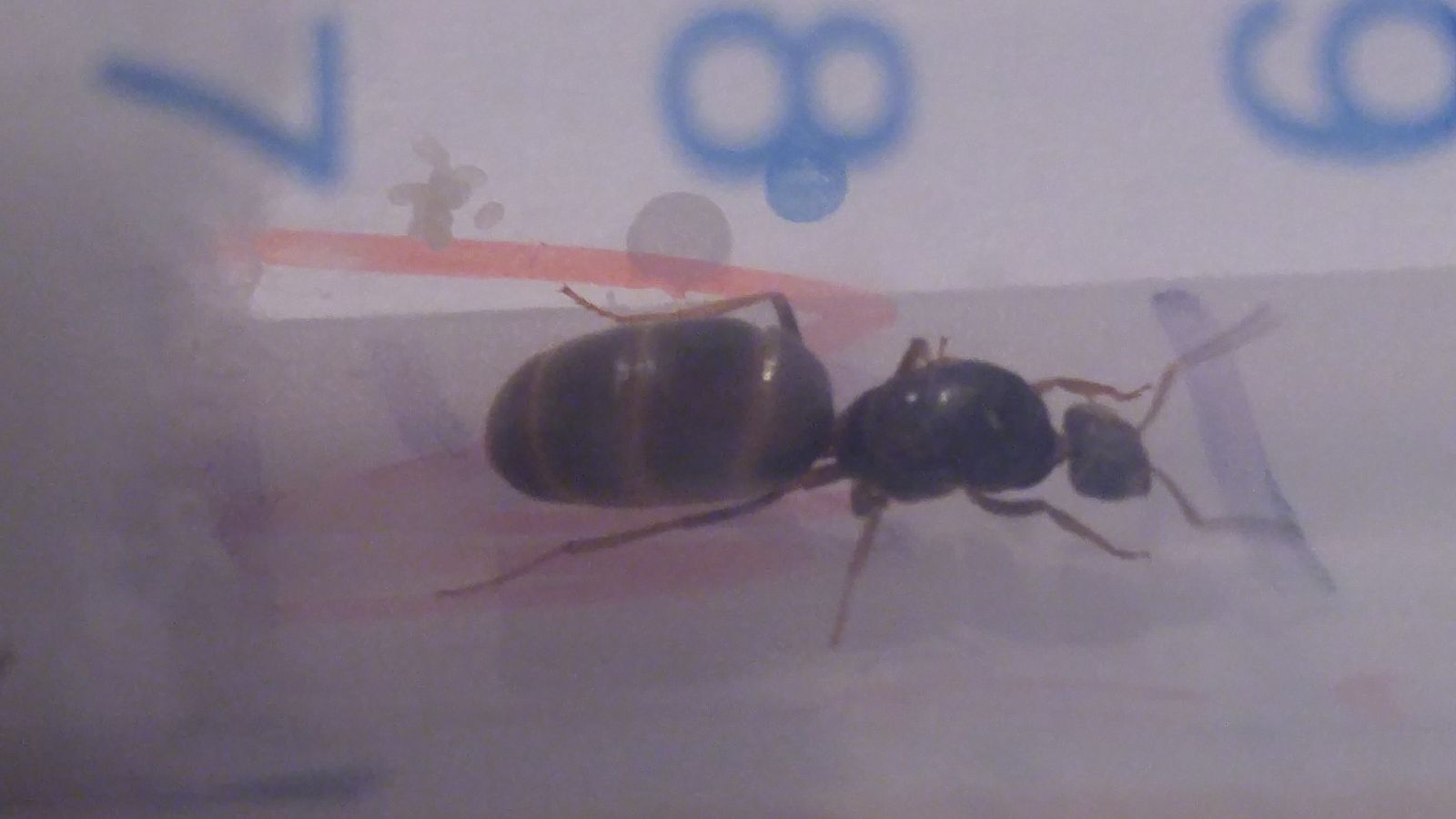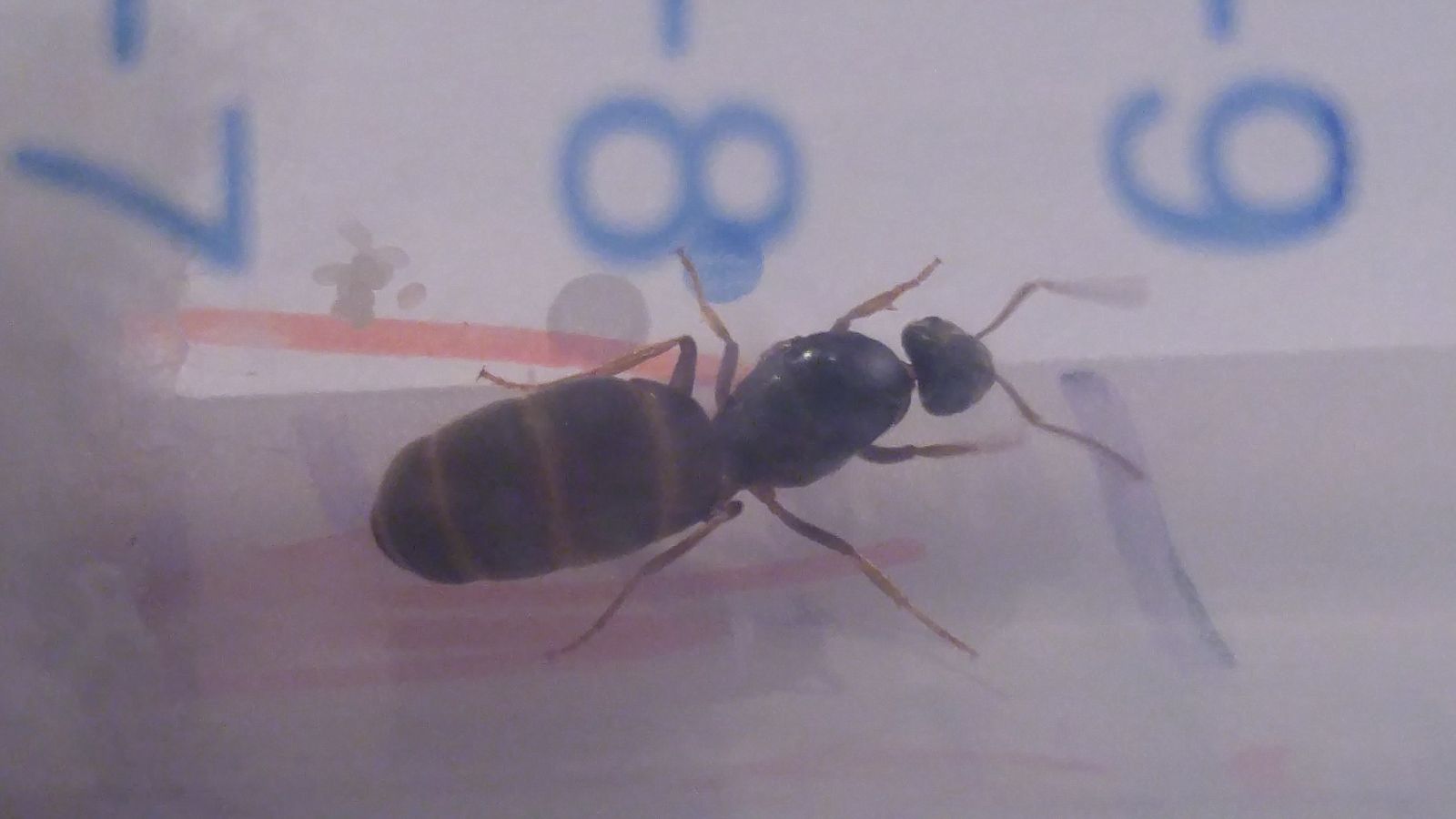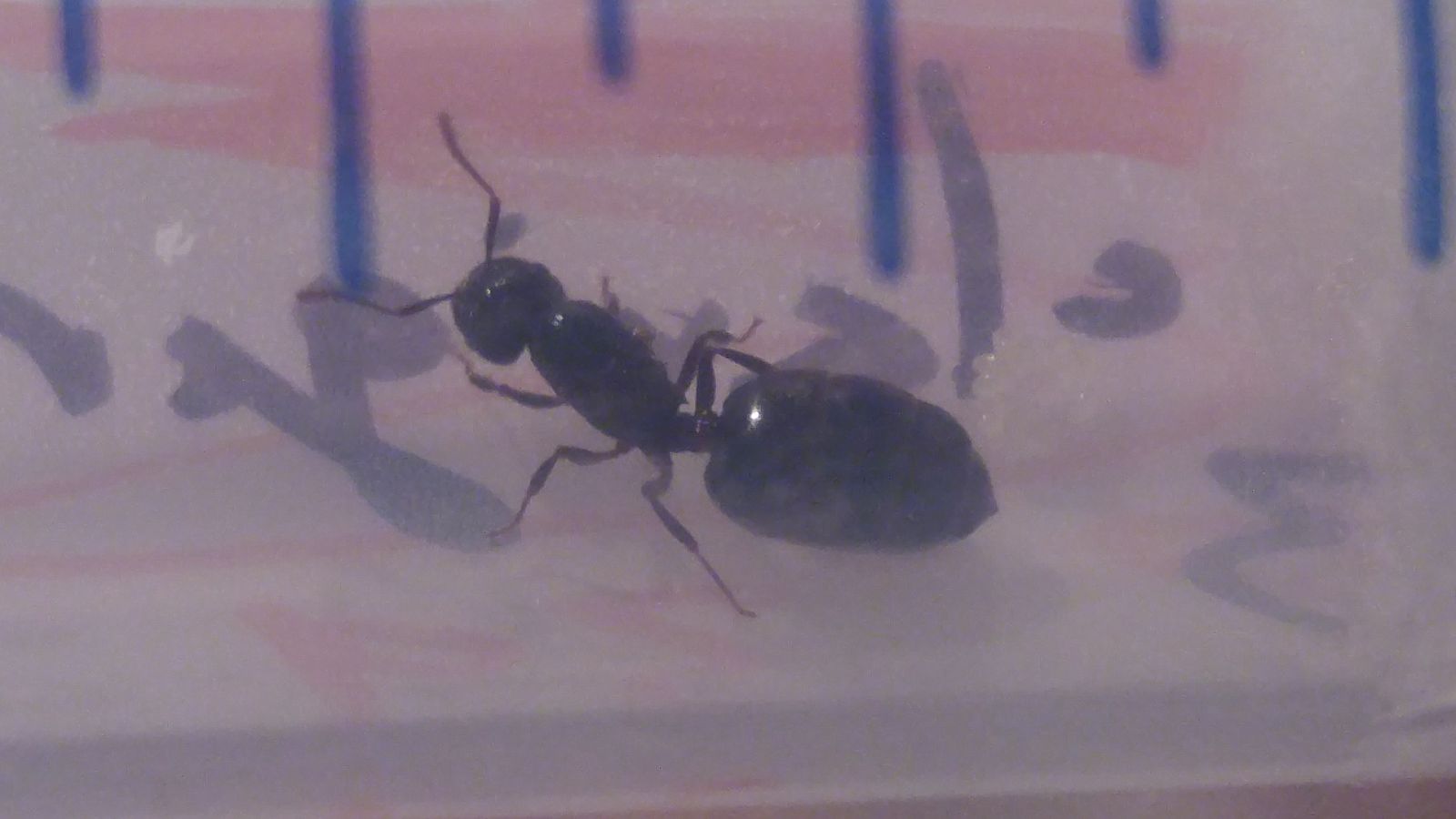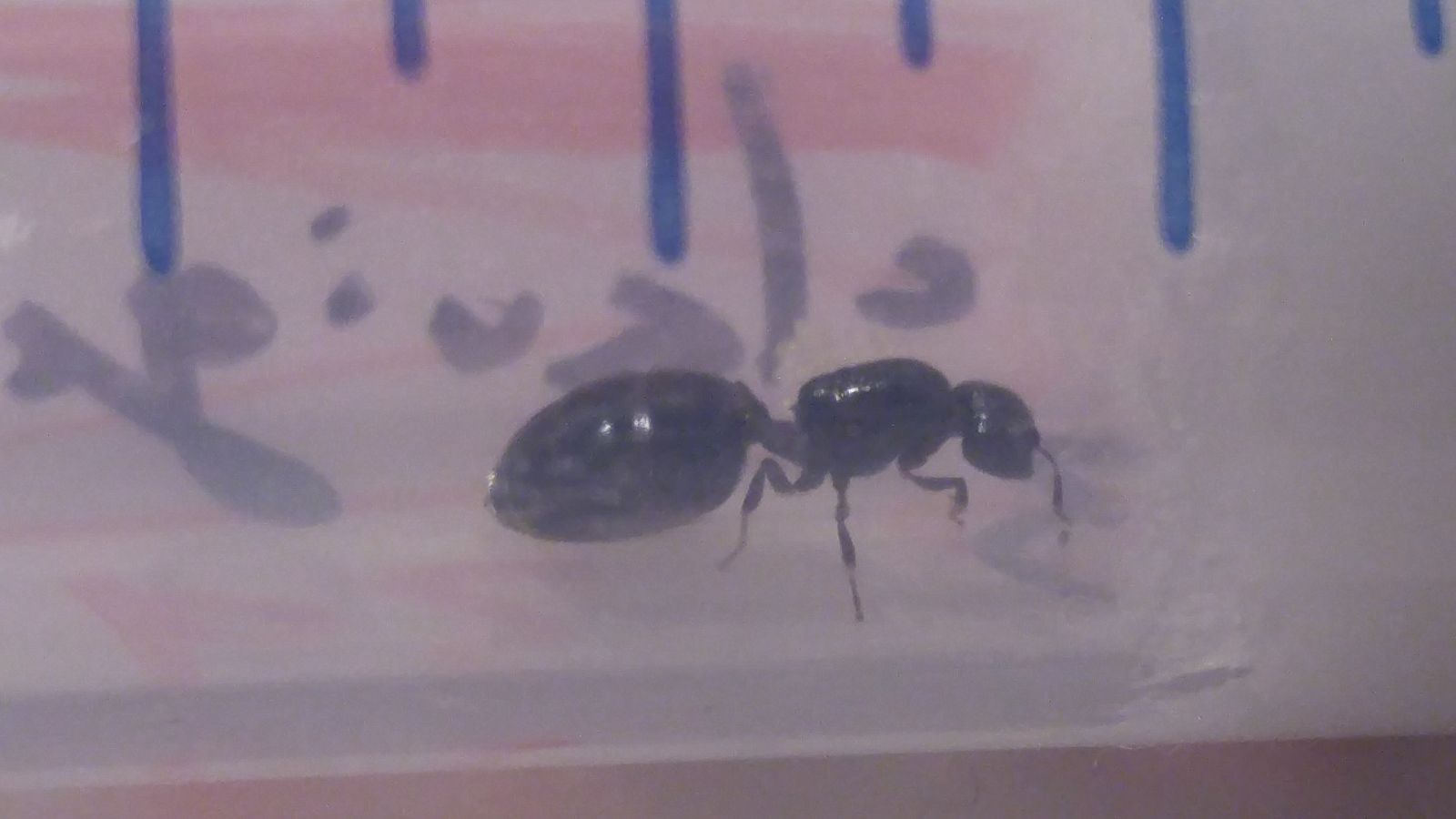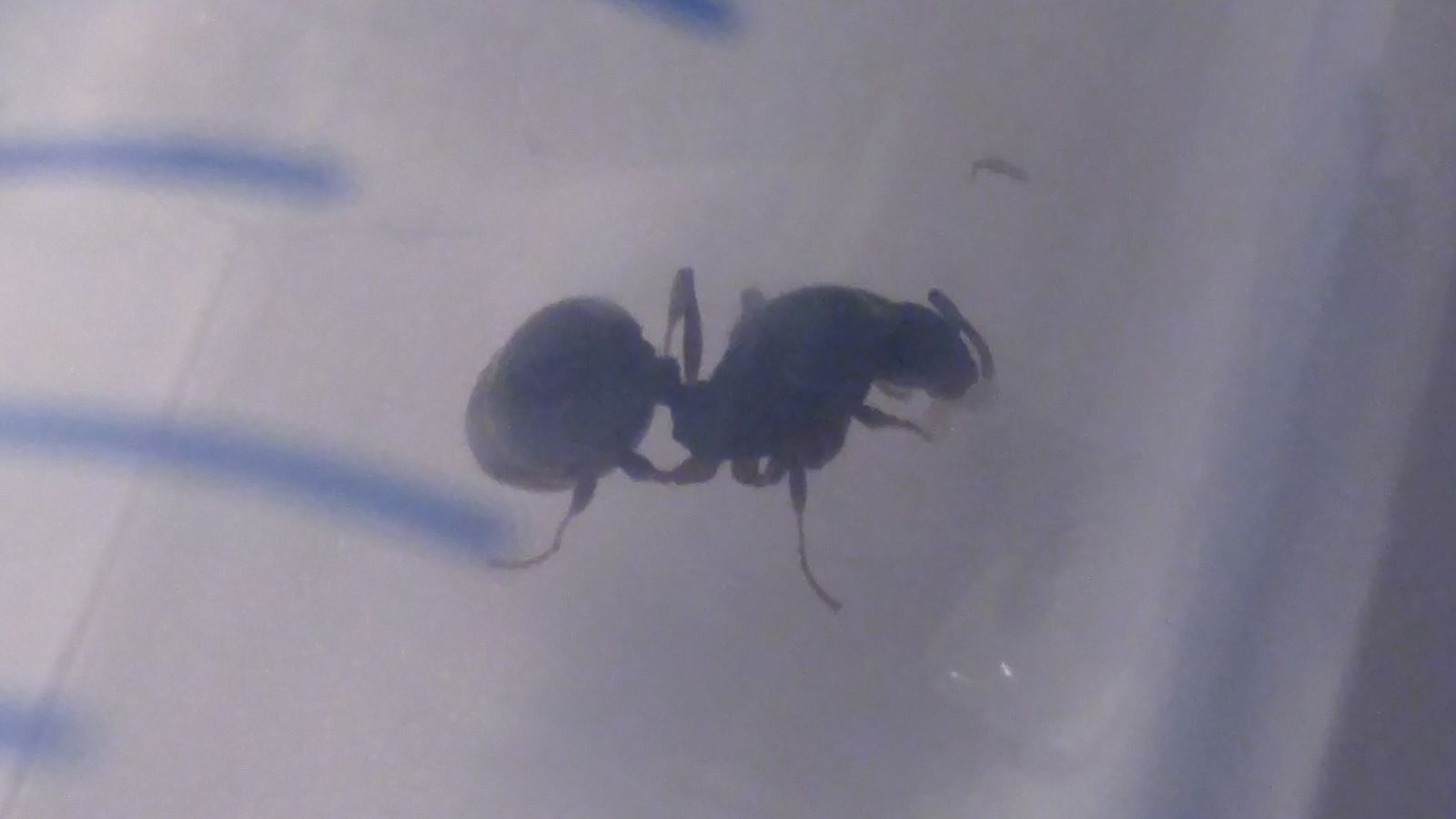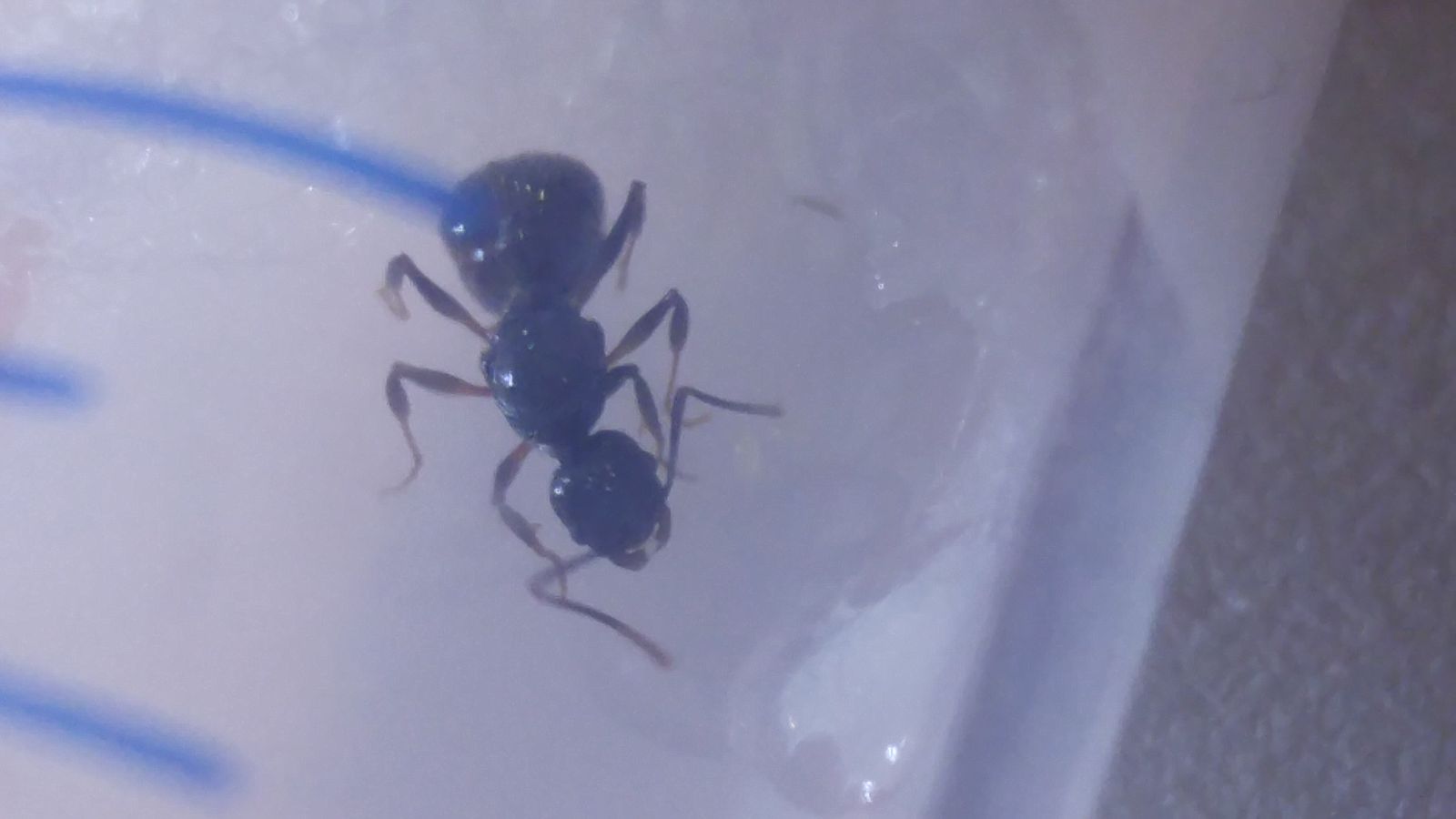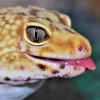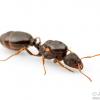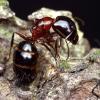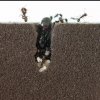Hi everyone,
I caught three different species of ant queens around August, 2017. I just brought them out of hibernation and took some photos (sorry for the poor quality). Below are their description and pictures.
Queen #1 - Lasius sp. ?
1. Location of collection: Toronto, Canada
2. Date of collection: Late August, 2017
3. Habitat of collection: Sidewalk about 400 meter East of a large park (High Park in Toronto)
4. Length (from head to gaster): ~7mm
5. Color, hue, pattern and texture: Dark brown / black
6. Distinguishing characteristics: Gaster much larger after hibernation
Queen #2 - Tetrmorium sp. ?
1. Location of collection: Toronto, Canada
2. Date of collection: Late August, 2017
3. Habitat of collection: Sidewalk
4. Length (from head to gaster): ~9mm
5. Color, hue, pattern and texture: Dark black, but a little iridescent
Queen #3 - some fire ant?
1. Location of collection: Toronto, Canada
2. Date of collection: Late August, 2017
3. Habitat of collection: Sidewalk
4. Length (from head to gaster): ~6mm
5. Color, hue, pattern and texture: Dark brown, slightly reddish
6. Distinguishing characteristics: large mandibles; I fed it a few fruit flies because it doesn;t look fully-claustral and it ate them.
The photo angle is bad, but it definitely has a petiole AND postpetiole.
Thanks for all your help!
